Sometimes students and teachers alike forget that reading can take place across the curriculum. So we asked past and present teachers to let us know their favorite lessons and content area activities that were supported by real books. Here’s what they had to say!
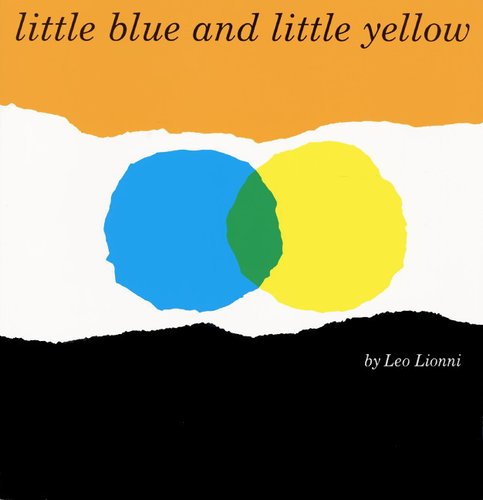 1. “When I taught Pre-K, my favorite go-to lesson for color mixing included the book Little Blue and Little Yellow by Leo Lionni (Grades P-2, Level J, Lexile 210). We were lucky enough to have a light table in our classroom, but any overhead projector can work. I cut circles from clear transparencies and colored them red, yellow and blue using permanent markers. During the reading of Little Blue and Little Yellow, I used the blue and yellow circles to show how to make green- just like in the story. Later, during free play, the students explored with the colored circles themselves to create new colors. Their curiosity and excitement carried over into the art center with paint mixing and even the science center with food coloring and water.”
1. “When I taught Pre-K, my favorite go-to lesson for color mixing included the book Little Blue and Little Yellow by Leo Lionni (Grades P-2, Level J, Lexile 210). We were lucky enough to have a light table in our classroom, but any overhead projector can work. I cut circles from clear transparencies and colored them red, yellow and blue using permanent markers. During the reading of Little Blue and Little Yellow, I used the blue and yellow circles to show how to make green- just like in the story. Later, during free play, the students explored with the colored circles themselves to create new colors. Their curiosity and excitement carried over into the art center with paint mixing and even the science center with food coloring and water.”
Kerry Williams holds a BS in Early Childhood. Prior to working with Booksource as a Literacy and Education Coordinator, she spent 5 years in the classroom working with Pre-K and Kindergarten students.
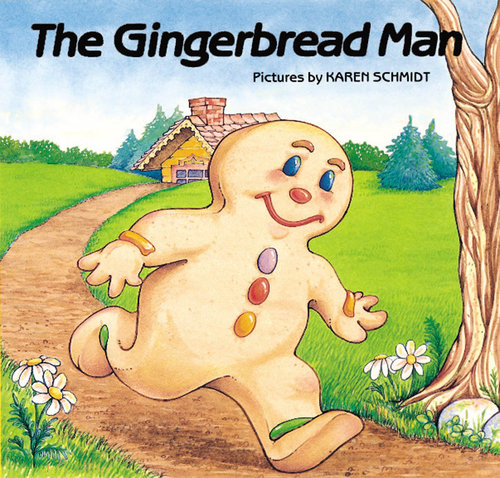
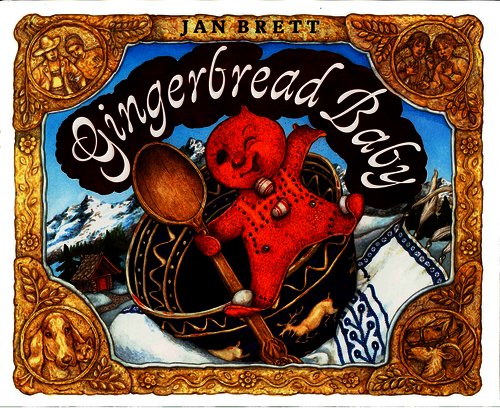 2. One of my favorite lessons that I do with my 1st graders goes along with The Gingerbread Man. I typically use either The Gingerbread Man by Karen Schmidt (Grades P-2, Level I, Lexile 360) or Gingerbread Baby by Jan Brett (Grades K-3, Level L, Lexile AD430), but really any one of the many Gingerbread books that are out there work.
2. One of my favorite lessons that I do with my 1st graders goes along with The Gingerbread Man. I typically use either The Gingerbread Man by Karen Schmidt (Grades P-2, Level I, Lexile 360) or Gingerbread Baby by Jan Brett (Grades K-3, Level L, Lexile AD430), but really any one of the many Gingerbread books that are out there work.
| Content Area Activities: |
| Sink & Float Science lesson: Present students with the engineering design challenge to “Create a boat that the gingerbread man can use to cross the river as quickly as he can.” Students work in collaborative groups to design, create and test their boats using only the materials provided (straws and tape). Following the engineering design and testing process, students are always given the opportunity to improve their boat if it is sinking. |
| Shapes & Structures lesson: Instead of building a boat for the gingerbread man, have students build a bridge that will hold his weight. Students follow the same engineering design process, but they use toothpicks and marshmallows to create their bridge instead of straws and tape. |
Jacki Lane started her career seven years ago as a 3rd grade teacher in North Carolina and is now the STEM teacher at the very same school.
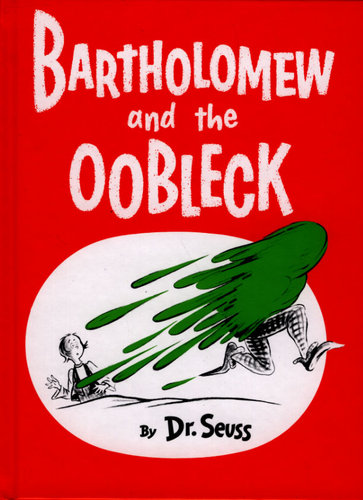 3. When teaching states of matter to my 2nd graders, I loved reading Bartholomew and the Oobleck (Grades K-2, Level P, Lexile 500). In this lesser-known Dr. Seuss book, a boy named Bartholomew races to save the kingdom from the Oobleck falling from the sky! My students were fascinated with the gooey, dripping mess in the book, and they were delighted to recreate the sticky disaster. Using only cornstarch and water, students learn about a mixture that defies categorization as a solid or liquid, all while doing their favorite thing: getting messy! (The best part? Clean up is a cinch and no staining!)
3. When teaching states of matter to my 2nd graders, I loved reading Bartholomew and the Oobleck (Grades K-2, Level P, Lexile 500). In this lesser-known Dr. Seuss book, a boy named Bartholomew races to save the kingdom from the Oobleck falling from the sky! My students were fascinated with the gooey, dripping mess in the book, and they were delighted to recreate the sticky disaster. Using only cornstarch and water, students learn about a mixture that defies categorization as a solid or liquid, all while doing their favorite thing: getting messy! (The best part? Clean up is a cinch and no staining!)
Tara Kpere-Daibo previously taught 2nd grade and Elementary Title I and is currently a Literacy and Education Coordinator at Booksource helping teachers build and implement their classroom libraries.
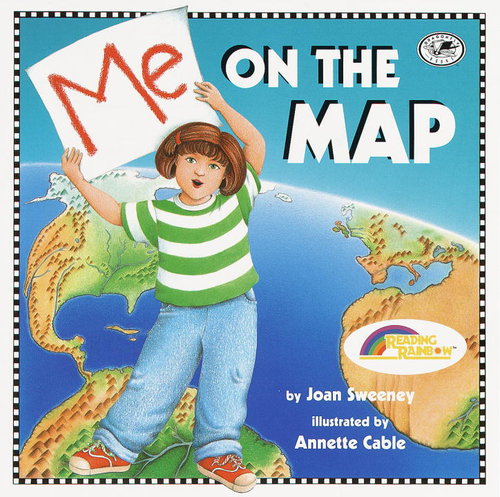 4. I used the book Me on the Map (Grades P-2, Level I, Lexile 280) during Social Studies frequently. It was a great book to help students understand the difference between towns, states, countries and continents. The students were easily able to connect to the little girl in the story, and it was such a fun way to help students understand how their house and where they live is such a small part of our big world.
4. I used the book Me on the Map (Grades P-2, Level I, Lexile 280) during Social Studies frequently. It was a great book to help students understand the difference between towns, states, countries and continents. The students were easily able to connect to the little girl in the story, and it was such a fun way to help students understand how their house and where they live is such a small part of our big world.
Danielle Grzybek taught both 1st and 3rd grade before becoming a K-5 Reading Specialist working with the lowest 10% of readers to build essential reading skills.
 5. I have used the book, Chalk by Bill Thomson (Grades P-4) in both 2nd and 4th grade as a supplement to support inferencing skills. It is a wordless book, but requires upper-level thinking skills to infer why the characters do what they do. It is a favorite of both mine and my students.
5. I have used the book, Chalk by Bill Thomson (Grades P-4) in both 2nd and 4th grade as a supplement to support inferencing skills. It is a wordless book, but requires upper-level thinking skills to infer why the characters do what they do. It is a favorite of both mine and my students.
Dana Bauer spent the last 10 years teaching 4th grade in a suburban Pittsburgh school district, and is now currently in her first year teaching 2nd grade in the same district.
6. As an advocate of interactive word walls, I have placed the alphabox (Hoyt and Boswell, 2012) at the top of my list of go-to vocabulary resources. Using a new alphabet grid for each content area study, students collect the domain-specific vocabulary necessary for reading and writing about that topic.
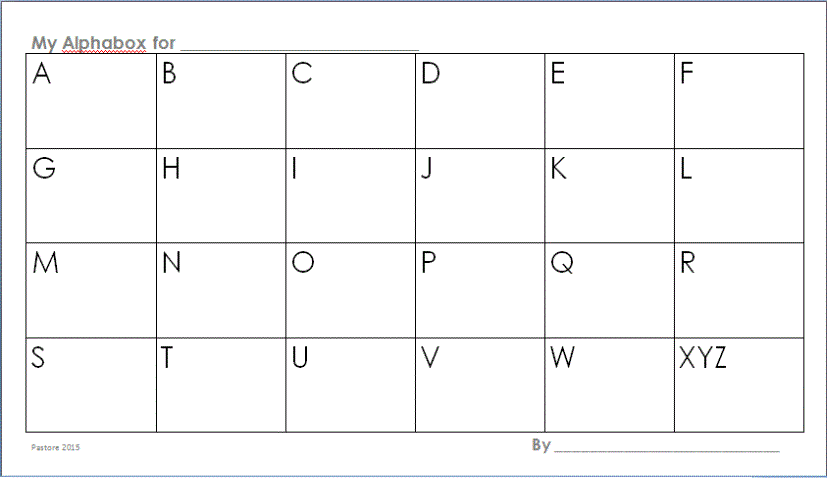
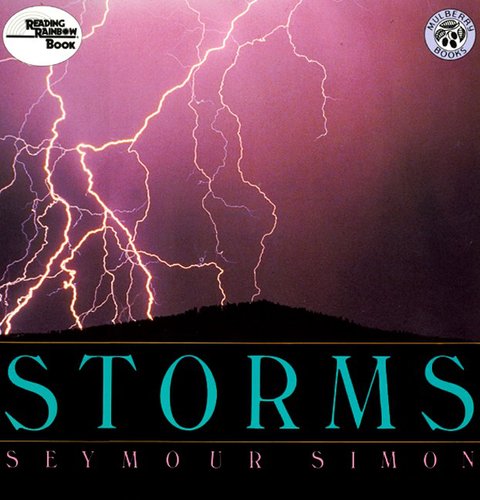 In my 4th grade classroom, I recently introduced an alphabox at the start of a new unit on Wild Weather and Natural Disasters. After reading aloud portions of Seymour Simon’s, Storms (Grades 4-7, Level O, Lexile 940), I used a think-aloud to demonstrate how a reader might determine which words should be added to our class chart. Atmosphere, electrical energy, condenses and cumulus were a few that we thought were important. We continued to build our walls of words with each new text, adding those we felt were specific to the topic and necessary for talking and writing about it. As students moved into independent research about various types of storms and natural disasters, they continued to add new words to their alphaboxes, color-coding the vocabulary by subtopic.
In my 4th grade classroom, I recently introduced an alphabox at the start of a new unit on Wild Weather and Natural Disasters. After reading aloud portions of Seymour Simon’s, Storms (Grades 4-7, Level O, Lexile 940), I used a think-aloud to demonstrate how a reader might determine which words should be added to our class chart. Atmosphere, electrical energy, condenses and cumulus were a few that we thought were important. We continued to build our walls of words with each new text, adding those we felt were specific to the topic and necessary for talking and writing about it. As students moved into independent research about various types of storms and natural disasters, they continued to add new words to their alphaboxes, color-coding the vocabulary by subtopic.
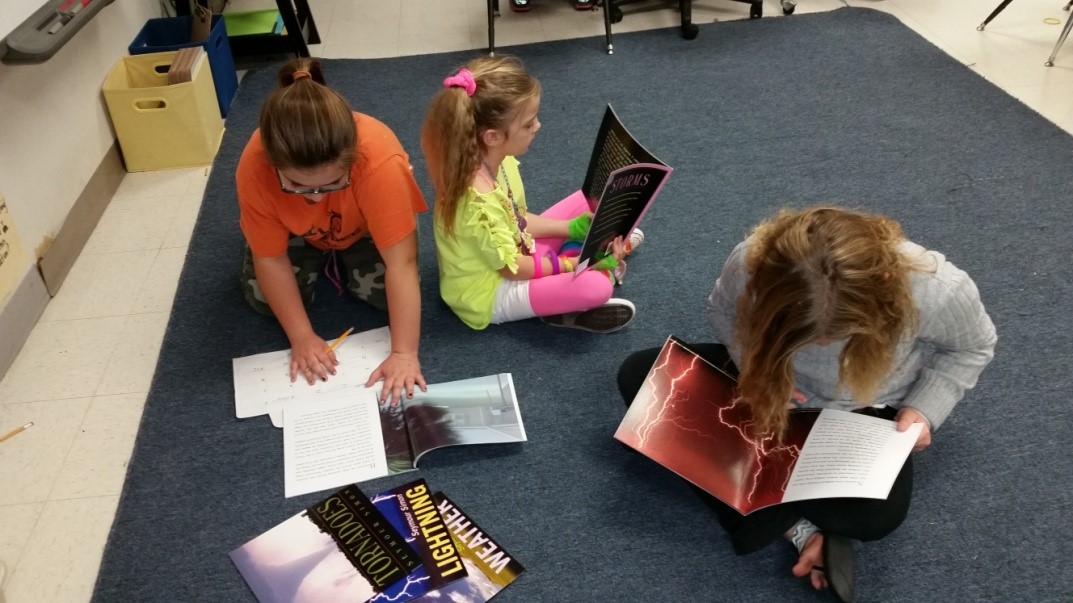
Reference: Hoyt, Linda, and Kelly Boswell. Crafting Nonfiction Intermediate, Lessons on Writing Process, Traits, and Craft. Portsmouth, NH: Heinemann, 2012.
After working 10 years in ESOL and Literacy, Jenifer Pastore is very excited to be teaching 4th grade readers, writers and thinkers in Rogers, AR.
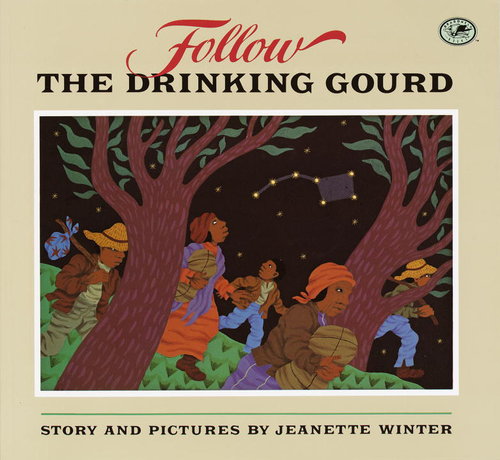 7. Using Follow the Drinking Gourd (Grades K-3, Level M, Lexile AD630) by Jeannette Winter, we mapped the path of the runaway slaves, taking care to illustrate the obstacles and challenges encountered along the way. Students were mapping, inferring, visualizing and applying historical context in this social studies lesson that always included lots of focused chatter and action!
7. Using Follow the Drinking Gourd (Grades K-3, Level M, Lexile AD630) by Jeannette Winter, we mapped the path of the runaway slaves, taking care to illustrate the obstacles and challenges encountered along the way. Students were mapping, inferring, visualizing and applying historical context in this social studies lesson that always included lots of focused chatter and action!
Meredith Murray taught junior high English and Language Arts in a former life and now works with teachers on all their classroom library needs as a Literacy and Education Coordinator at Booksource.
8. I recently used the book Buddha Boy (Grades 7-12, Level X, Lexile 1090) in 8th grade science class to complete a Novel Engineering project. Students used the engineering process to build projects that provided solutions to problems the main characters faced in the book. Because a character from the book was bullied, one group of students built a contraption to eliminate shaken soda from exploding when opened. Novel Engineering is an activity that can be used in any grade and with any book, it allows kids to make deeper connections with books, get creative and engineer solutions.
Kristina Bunyard is an 8th grade Physical Science teacher at Crestview Middle School in the St. Louis Metro Area.



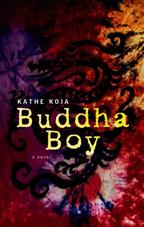

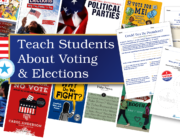
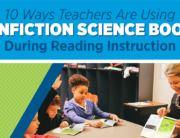
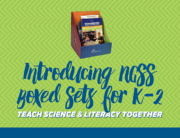
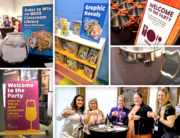
Leave A Comment